Agnes Martin – Finding Honesty in Artistic Simplicity
Agnes Martin, a pioneering figure in abstract art, is renowned for her serene and minimalist paintings that explore themes of harmony, spirituality, and perception. Born in Canada in 1912, Martin’s work is characterized by grid-based compositions, subtle colors, and meticulous attention to detail. Her unique approach to abstraction, influenced by Taoist philosophy and Zen Buddhism, has had a profound impact on the art world. Through her art, Martin invites viewers into a contemplative space, encouraging a deeper connection with the universal and the transcendent.
Key Takeaways
- Agnes Martin was a distinguished minimalist and abstract expressionist artist.
- Her art combines geometric forms with spiritual and philosophical elements.
- Martin’s work remains influential and celebrated in contemporary art circles.
Early Life and Education
| Birth | March 22, 1912 |
| Death | December 16, 2004 |
| Place of Birth | Macklin, Saskatchewan, Canada |
| Genre of Work | Abstract art and Minimalism |
Agnes Martin stands as a paragon of minimalist art and is often associated with abstract expressionism. Despite her Canadian origins, Martin’s most impactful artistic periods unfolded in the United States after she became a naturalized citizen in 1950. Her work is characterized by its serene and evocative nature, often employing grids and geometric forms as the foundation of her compositions. Martin’s influence extended beyond the canvas, incorporating her interests in spirituality and Zen Buddhism into her artistic philosophy and creation.
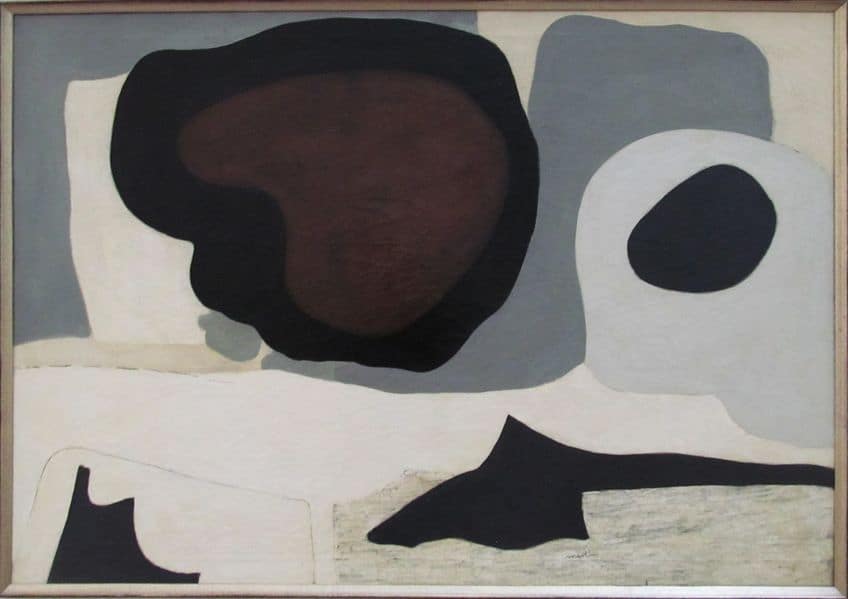
Throughout her career, Martin received notable recognition, including the prestigious National Medal of Arts in 1998, reflecting her impact on the American art scene. While her life path led her to periods of reclusion in the desert of New Mexico, her work has continued to captivate audiences with its representation of simplicity and the sublime in everyday life. Her artistic legacy persists, making her an enduring figure in the modern art world and subject of frequent study and exhibition, including retrospectives at renowned institutions like the Museum of Modern Art (MoMA).
Canadian Roots and Academic Pursuit
Agnes Martin was born in 1912 in rural Saskatchewan, Canada, where she nurtured her early connection with the landscape that would influence her minimalist aesthetic. Canadian by birth, she attended the Western Canada High School in Calgary and furthered her studies at the University of British Columbia in Vancouver.
Martin’s education laid the groundwork for her subsequent foray into the art world as a teacher and practitioner.
American Transition and Artistic Development
In 1931, Martin moved to the United States, embarking on a formative chapter in her life. She settled in New York City, a burgeoning hub for artists. It was there, at the Teachers College, Columbia University, that she pursued her higher education, culminating in a B.A. in 1942 and an M.A. in 1952. Martin’s academic rigor was reflected in her disciplined approach to art. She became a U.S. Citizen in 1950 and transitioned into a respected educator herself, holding a teaching position at the University of New Mexico.
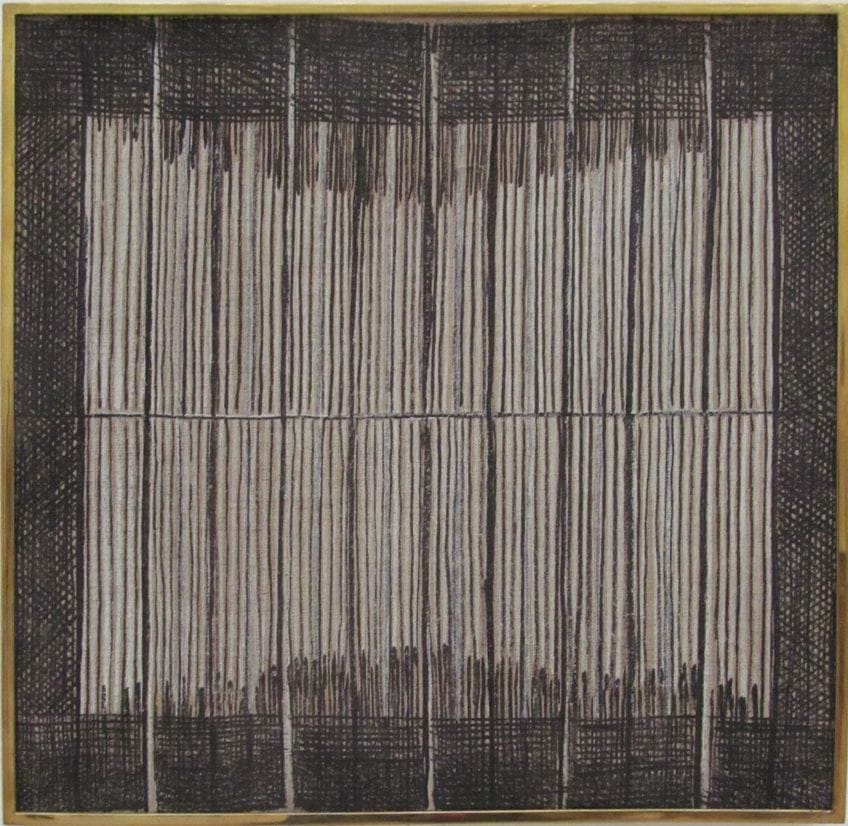
Late Career
Martin’s late career was marked by her return to the simplicity and tranquility of life that mirrored her early years in Canada. She retired from the University of New Mexico in the late 1950s and reclusive tendencies led her to settle in New Mexico’s desert.
Despite stepping away from the New York City limelight, Martin continued to be a pioneering force in minimalist art, her work displaying an ever-increasing complexity and nuance.
Artistic Style and Philosophy
Agnes Martin’s artistic style is a distinctive blend of Abstract Expressionism and Minimalism, deeply rooted in her spiritual beliefs. Her work is characterized by the use of grids and lines that evoke a sense of perfection and beauty intrinsic to nature.
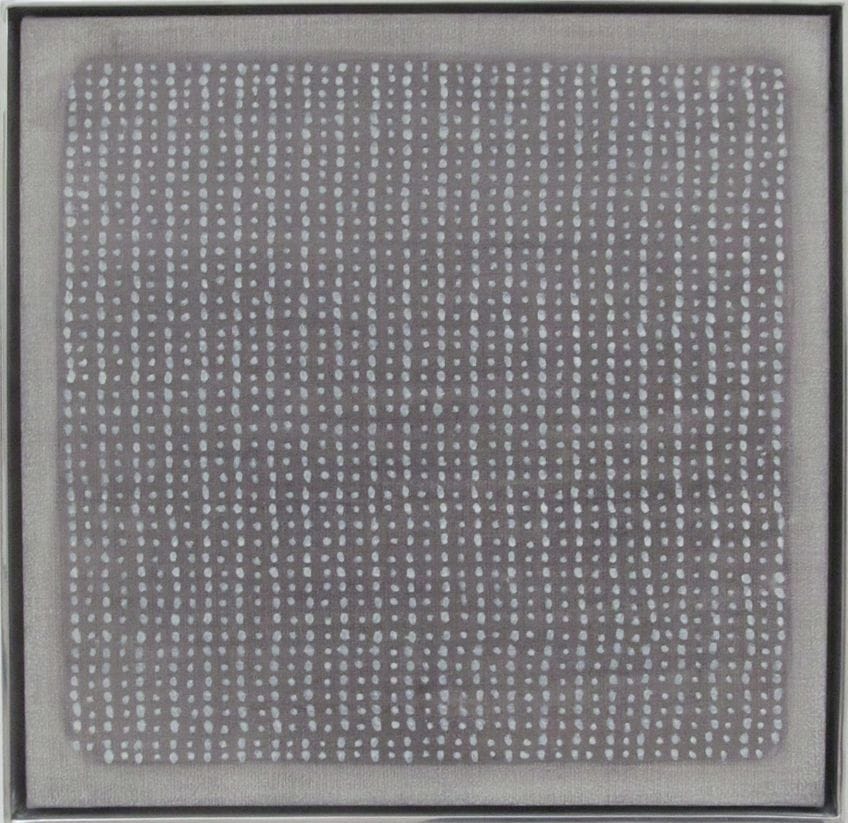
Abstract Expressionism and Minimalism
Agnes Martin is often associated with Abstract Expressionism and Minimalism, two movements that greatly influenced her approach to art. As an abstract painter, she moved away from representational art, focusing instead on the emotional and spiritual resonance of her work. Her minimalist tendencies are evident in her sparse compositions and subtle color palette, typically employing white, gray, black, brown, blue, and yellow.
Martin’s canvases are minimal in design yet potent in expression.
Spiritual Influences and Artistic Vision
Martin’s pursuit of abstraction can be linked to her deep interest in spirituality, particularly Zen Buddhism and Taoism. Her art was not just an aesthetic endeavor but also a manifestation of her spiritual quest. The goal was to represent sublime emotional states and to convey beauty and perfection perceived in nature. Martin believed her art could produce a contemplative experience in the viewer, akin to a spiritual encounter.
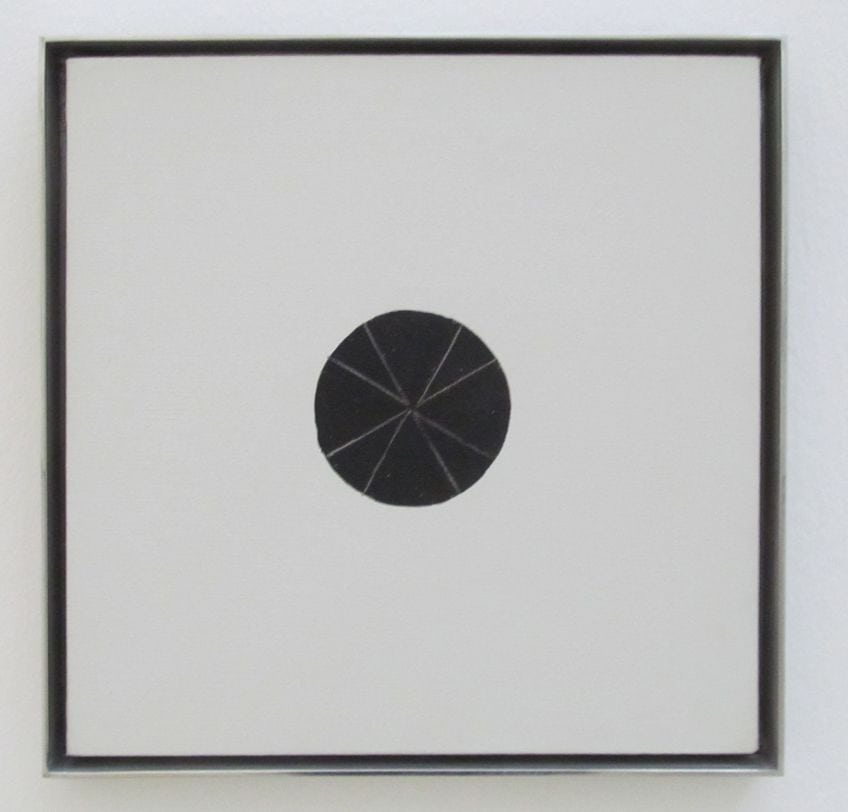
Signature Elements: Grids and Lines
Utilizing grids and lines, Martin created works that are at once mathematical and expressive. Grids feature prominently in her oeuvre, embodying an ordered serenity and often eliciting comparisons to the infinite variability found in nature. Martin’s lines, whether straight or subtly wavering, played with notions of perfection and imperfection, often painted in monochromatic tones.
Her precise hand-drawn lines, applied on canvas, are characteristic of her search for honesty and simplicity within her art form.
Professional Achievements
Agnes Martin’s professional achievements encompass a significant body of work that has been widely recognized and celebrated in the art world. Her minimalist approach and abstract expressionism earned her a prominent place in 20th-century American art.

Major Works and Exhibitions
Martin’s career was marked by notable exhibitions that cemented her status as a leading figure in abstraction. She held her first solo show at the Betty Parsons Gallery in 1958, which was a notable hub for avant-garde artists. Additionally, her works have graced prestigious spaces like the Museum of Modern Art (MoMA) and international art forums. Martin was also inducted into the Royal Canadian Academy of Arts, which highlights her influence and prestige. Her career was later celebrated with several retrospectives, one of the most significant held at the Tate Modern in 2015, shedding light on her comprehensive body of work.
She was also the recipient of the National Medal of Arts in 1998, recognizing her contribution to the field.
Notable Artworks
Among her most profound contributions are her iconic grid paintings that have become synonymous with her name. On a Clear Day, a portfolio of prints from 1973, stands out as a clear manifestation of Martin’s aesthetic with its precise forms and meditative qualities. Her works can be found in major collections, indicating their lasting relevance and appeal. Some of her most famous works include:
- The Tree (1965)
- Untitled #5 (1973)
- On a Clear Day (1973)

Influential Relationships and Collaborations
Throughout her career, Martin interacted with notable contemporaries who influenced the abstract art movement. Artists such as Ellsworth Kelly, Ad Reinhardt, Barnett Newman, and Arshile Gorky were part of her circle. While she worked alongside these artists, her approach remained distinct and individual. Martin also crossed paths with Lenore Tawney, Robert Indiana, and Jack Youngerman, contributing to a vibrant community of artists who collectively shaped the tapestry of American abstract art.
Though not known for formal collaborations, the intellectual and artistic exchange with these peers was a vital part of her professional journey.
Personal Life and Legacy
Agnes Martin’s personal journey was marked by her dedication to art, her battle with mental health, and a profound inclination towards solitude, which culminated in a legacy rich with influence and accolades.
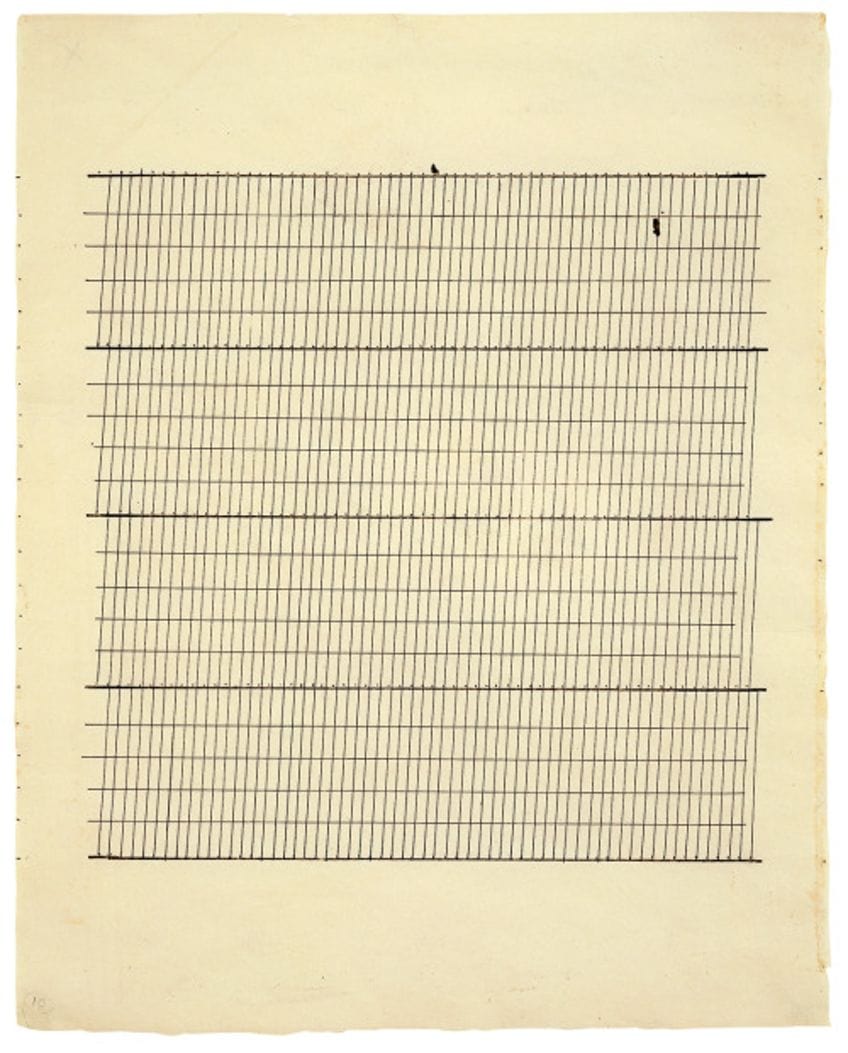
Struggle With Schizophrenia
Agnes Martin was an American Abstract Painter who faced the challenges of schizophrenia. Diagnosed in her 40s, she managed her condition while pursuing her artistic endeavors.
Her struggle with this mental health issue was significant, but it did not overshadow her commitment to creating art that evoked feelings of joy, happiness, freedom, and innocence.
The Taos Retreat
In pursuit of tranquility and a life away from the public eye, Martin settled in Taos, New Mexico. The artist found solace in the desert landscape, which complemented her minimalist aesthetic and creative process. New Mexico became not only her home but also a retreat where she could focus on her work, free from external pressures.
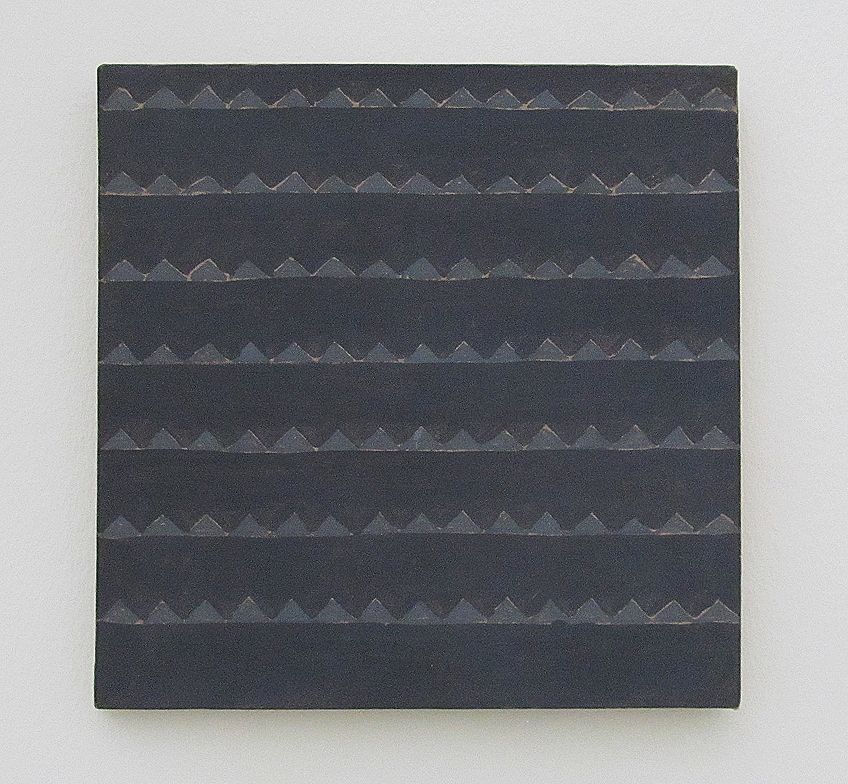
Impact and Recognition
Martin’s legacy as a Minimalist and Abstract Painter extends far beyond her personal challenges. Her work continues to inspire contemporary artists and is recognized globally. Notably, she received a posthumous tribute through a Google Doodle, celebrating her contribution to art. Documentaries and films have been produced, exploring her artistic process.
In 2004, she was honored by the Royal Canadian Academy of Arts, highlighting her significant impact and the positive names that echo through her legacy.
Legacy of Agnes Martin Today
Agnes Martin is recognized as a pivotal figure in postwar American art. Her minimalist approach and abstract expressionist works have solidified her influence on contemporary artists. Martin’s signature style, characterized by subtle use of grids and pale color washes, has been emulated and celebrated for its serene and contemplative qualities.
- Exhibitions and collections: Her artwork is displayed in prominent museums around the world, including the Museum of Modern Art (MoMA) in New York and the Tate Modern in London. These institutions continue to exhibit her paintings, ensuring that her vision is accessible to future generations.
- Artistic influence: Contemporary artists cite Martin’s dedication to simplicity and meditative processes as inspirational. Her method of incorporating precision and repetition has impacted artistic strategies in minimalism and beyond.
- Academic study: Martin’s life and work are subjects of academic interest. Books, scholarly articles, and Ph.D. dissertations analyze her impact on art movements and her personal journey, which is entwined with her creative output.
- Market value: The demand for Martin’s works remains high, with her paintings frequently fetching substantial sums at auction. This commercial success reflects the lasting value and appreciation of her contributions to modern art.

Her legacy is not merely in the visual domain; it encompasses an ethos of solitude and introspection. Martin’s battle with schizophrenia and her choice to live an austere life in New Mexico inform narratives around the relationship between personal struggle and artistic creation. Her life story and artistic practices offer a unique lens through which to view her enduring impact.
Agnes Martin’s legacy as an artist continues to resonate deeply in the art world and beyond. Her contributions to abstract art, characterized by simplicity, purity, and a profound sense of tranquility, have left an indelible mark on art history. Martin’s dedication to exploring themes of inner peace, harmony, and the transcendental through her minimalist compositions has inspired countless artists and continues to captivate viewers with its timeless beauty. Her work serves as a testament to the enduring power of art to evoke emotions, provoke contemplation, and transcend the boundaries of the material world.
Frequently Asked Questions
What Is Agnes Martin Famous For?
Agnes Martin is renowned for her contribution to the minimalist art movement. She created abstract paintings that are recognized for their serene, meditative quality and repetitive use of simple forms such as grids and stripes.
What Are the Characteristics of Agnes Martin’s Grid Paintings?
Her grid paintings are characterized by pencil lines drawn across large canvases, which are often faint and accompanied by soft washes of color. These works reflect a precise and deliberate approach, aiming to evoke a sense of perfection and tranquility.
How Has Agnes Martin Influenced Minimalism?
Agnes Martin’s work has had a significant impact on minimalism by emphasizing the importance of subtlety, precision, and the emotional response to the viewer. Her dedication to simplicity and the contemplative experience set a standard for minimalist aesthetics.
What Role Did Buddhism Play in Agnes Martin’s Artistic Process?
Buddhism influenced Agnes Martin’s artistic process by informing her pursuit of inner peace and spiritual truth. These principles are reflected in the meditative and introspective nature of her artwork, encouraging viewers to engage in a form of silent reflection.
Isabella studied at the University of Cape Town in South Africa and graduated with a Bachelor of Arts majoring in English Literature & Language and Psychology. Throughout her undergraduate years, she took Art History as an additional subject and absolutely loved it. Building on from her art history knowledge that began in high school, art has always been a particular area of fascination for her. From learning about artworks previously unknown to her, or sharpening her existing understanding of specific works, the ability to continue learning within this interesting sphere excites her greatly.
Her focal points of interest in art history encompass profiling specific artists and art movements, as it is these areas where she is able to really dig deep into the rich narrative of the art world. Additionally, she particularly enjoys exploring the different artistic styles of the 20th century, as well as the important impact that female artists have had on the development of art history.
Learn more about Isabella Meyer and the Art in Context Team.
Cite this Article
Isabella, Meyer, “Agnes Martin – Finding Honesty in Artistic Simplicity.” Art in Context. April 22, 2024. URL: https://artincontext.org/agnes-martin/
Meyer, I. (2024, 22 April). Agnes Martin – Finding Honesty in Artistic Simplicity. Art in Context. https://artincontext.org/agnes-martin/
Meyer, Isabella. “Agnes Martin – Finding Honesty in Artistic Simplicity.” Art in Context, April 22, 2024. https://artincontext.org/agnes-martin/.


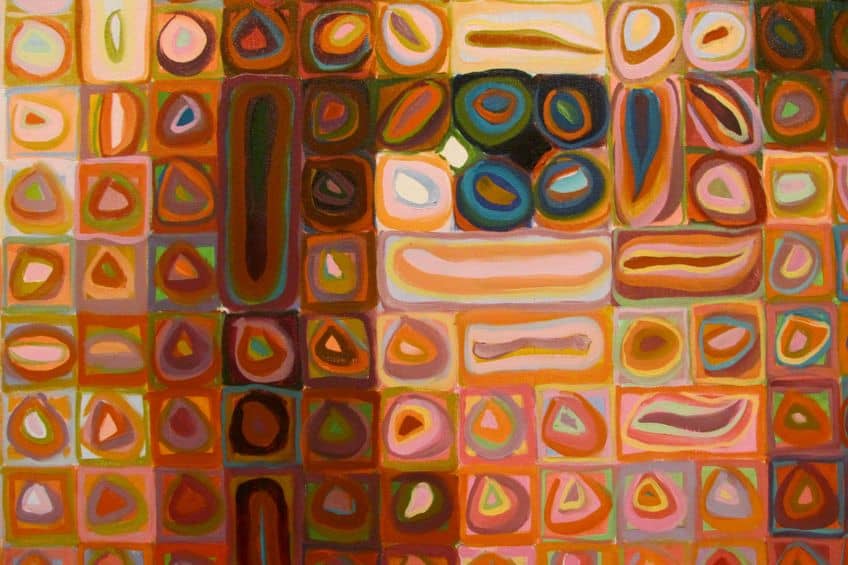









Very helpful article, love it!
Absolutely enamored by Agnes Martin’s artistry! Her minimalist style resonates deeply with me, offering a sense of calm and introspection that is truly rare in today’s bustling world. Each canvas is a serene exploration of subtle emotions and the quiet power of simplicity. Her use of soft lines and gentle colors creates an immersive experience that draws me in every time. Truly, Agnes Martin was a master of her craft, and her works continue to inspire and uplift my spirit. Her dedication to capturing the essence of beauty in the simplest forms is nothing short of revolutionary.
Thank you Alex for your kind feedback!